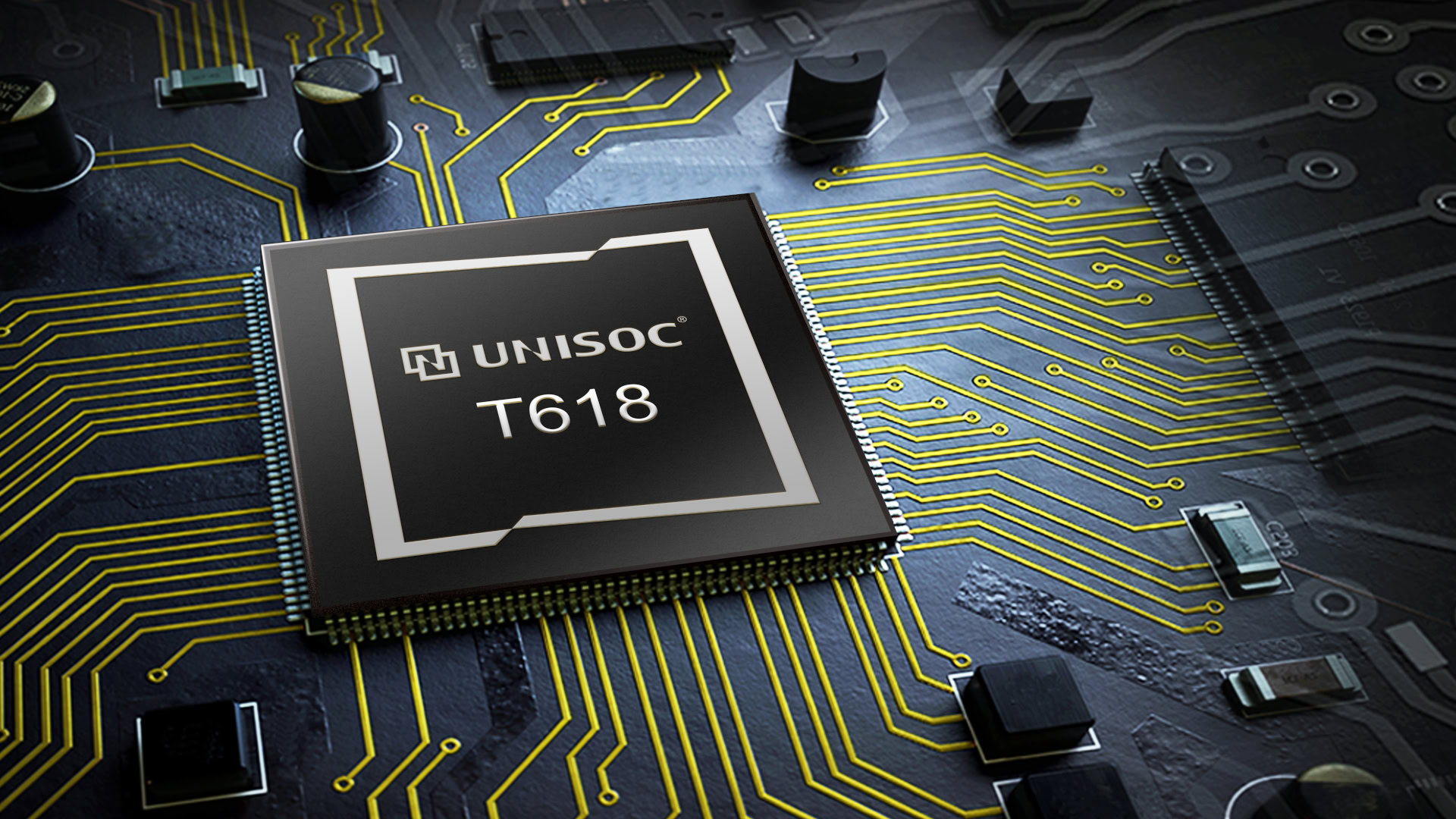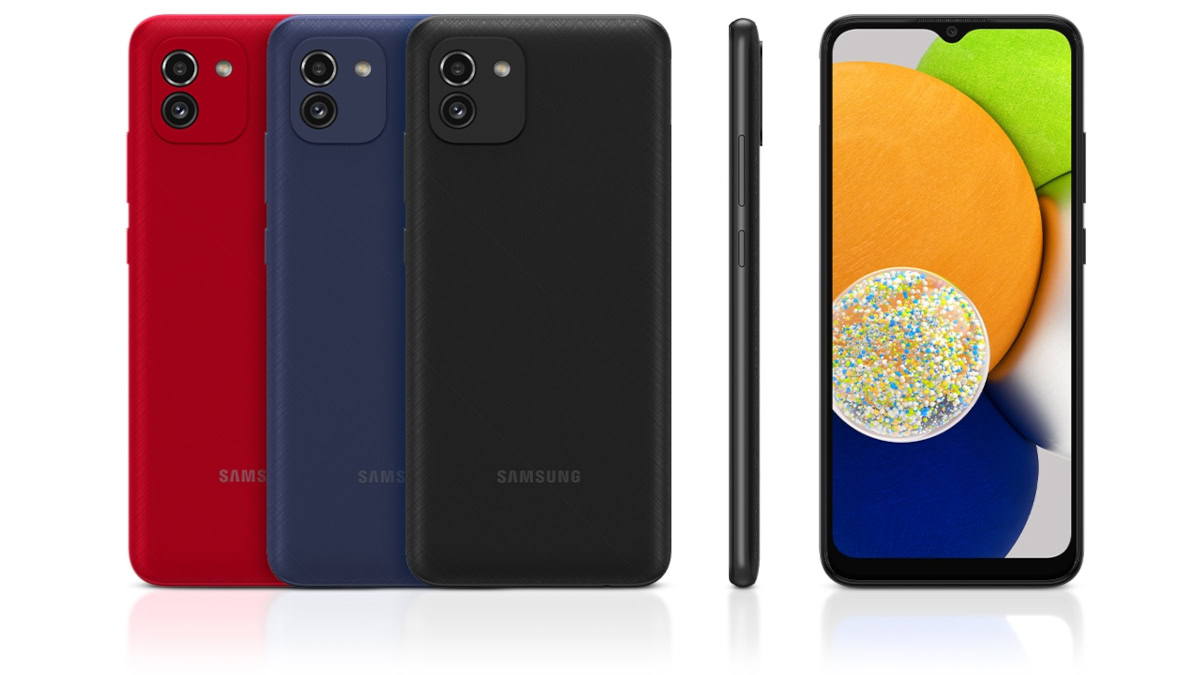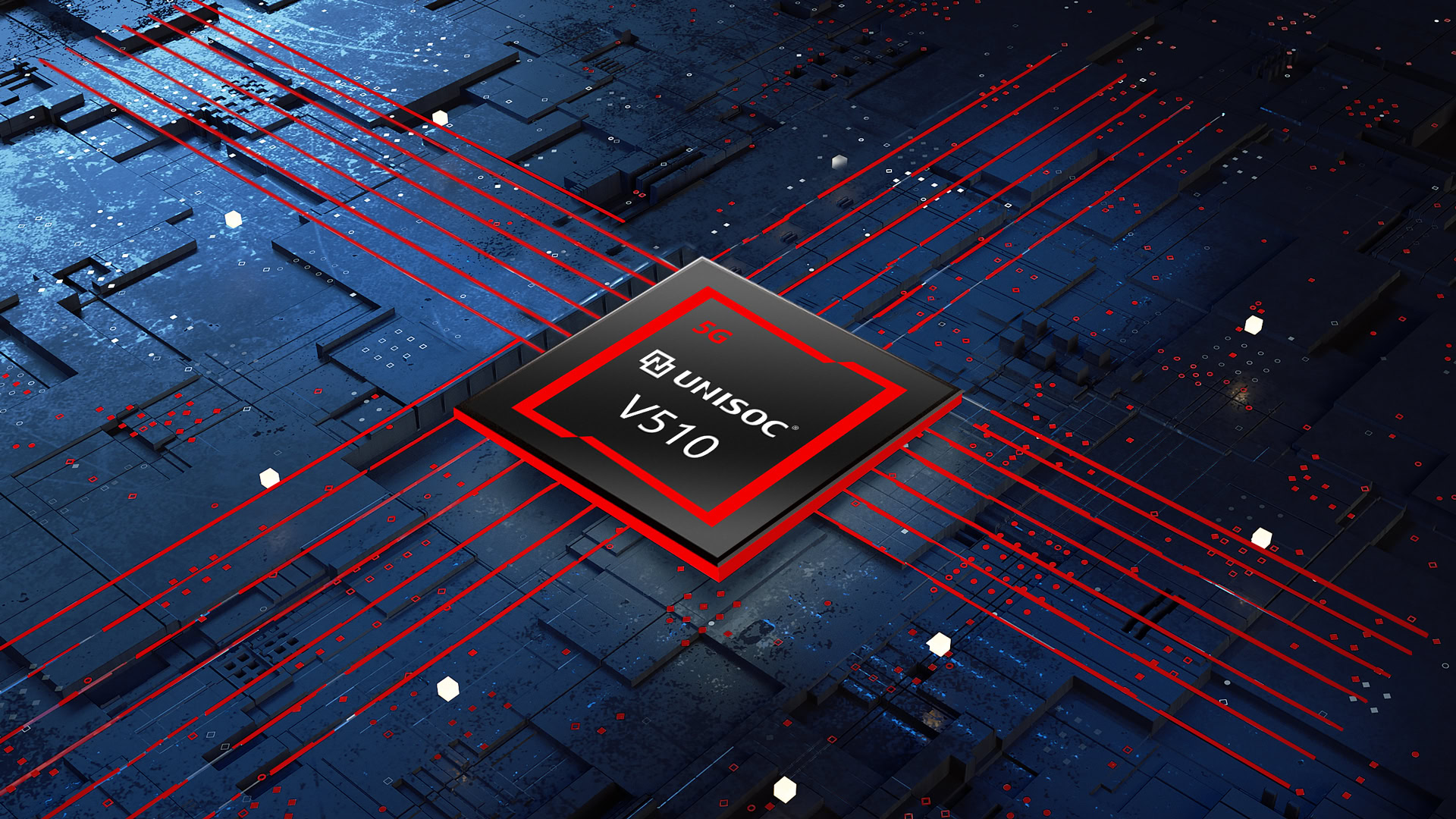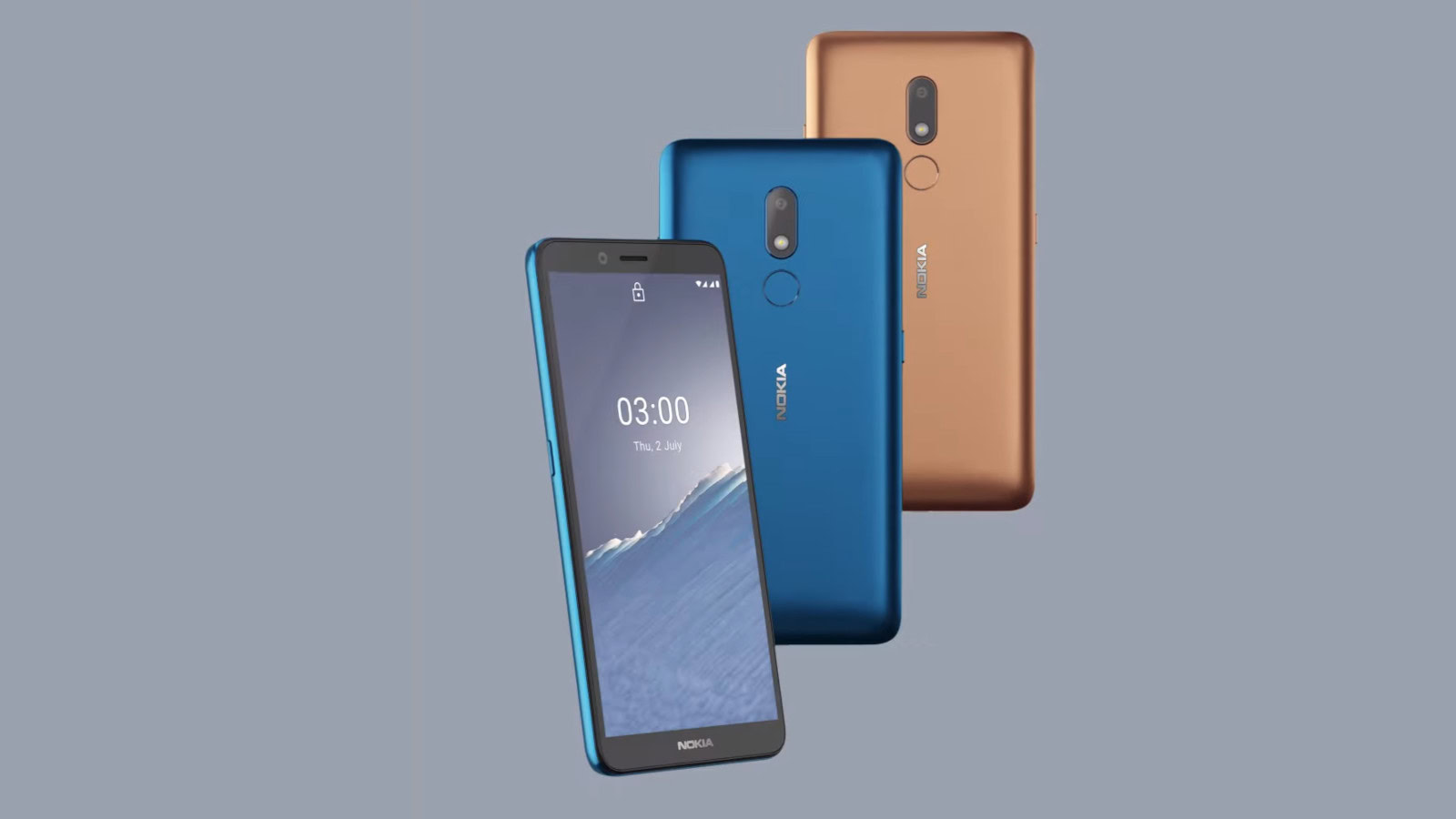Affiliate links on Android Authority may earn us a commission. Learn more.
Unisoc processor guide: Here's what you need to know
Published onJune 19, 2022

Qualcomm, MediaTek, Samsung and HUAWEI might rule the mobile processor roost, but that doesn’t mean they’re the only players in town. We’ve also seen another player emerge in the last five years in the form of China’s Unisoc, mainly gaining ground in the entry-level sector.
Unisoc (formerly Spreadtrum), founded in 2001, is slowly making waves thanks to deals with players like Nokia, realme, and ZTE. In fact, Unisoc’s most high-profile customer in the last few years was Samsung, so there’s a small chance you’ve used a device powered by this brand before.
What should you expect from Unisoc processors though? We put together a beginner’s guide to Unisoc SoCs.
More SoC coverage: Qualcomm Snapdragon processor guide — Specs and features explained
The low-end Unisoc chips
Unisoc’s first foray into low-end chips, starting in 2012, yielded chips that were lacking features, even back then. Some chips in their initial lineup lacked 3G capabilities, but we did see single-core A7 or dual-core A5 CPUs and single or Mali 400 GPUs.
Fast-forward to the modern era and its current range of low-end chips consists of the SC9863A, SC9832E, and SC7731E, all being built on ancient 28nm designs, lacking UFS storage support, and offering Bluetooth 4.2.
| SC9863A | SC9832E | SC7731E | |
|---|---|---|---|
CPU | SC9863A 8x Cortex-A55 @ 1.6Ghz | SC9832E 4x Cortex-A53 @ 1.4Ghz | SC7731E 4x Cortex-A7 @ 1.3GHz |
GPU | SC9863A PowerVR GE8322 | SC9832E Mali-T820 MP1 | SC7731E Mali-T820 |
RAM | SC9863A LPDDR4X | SC9832E LPDDR3 | SC7731E LPDDR3 |
Display | SC9863A 2,160 x 1,080 | SC9832E 1,440 x 720 | SC7731E 1,440 x 720 |
Cameras | SC9863A 16MP+5MP dual 1080p/30fps video | SC9832E 13MP single 1080p/30fps video | SC7731E 8MP single 720p/30fps video |
Connectivity | SC9863A Bluetooth 4.2 Cat 7 LTE Wi-Fi 802.11 b/g/n | SC9832E Bluetooth 4.2 Cat 4 LTE Wi-Fi 802.11 b/g/n | SC7731E Bluetooth 4.2 3G (HSPA) Wi-Fi 802.11 b/g/n |
Process | SC9863A 28nm | SC9832E 28nm | SC7731E 28nm |
The SC9863A is the most capable SoC of the lot, serving up an octa-core Arm Cortex-A55 CPU and a PowerVR GE8322 GPU which should deliver decent everyday performance. Other notable specs include Cat 7 LTE (300Mbps downlink speeds), LPDDR4X RAM support, FHD+ display resolution, and 16MP+5MP dual camera support.
Next on the totem pole is the SC9832E, serving up a distinctly budget quad-core Cortex-A53 CPU and a pretty old Mali T820-MP1 GPU. The chipset cuts things back when it comes to cellular connectivity (Cat 4 LTE), RAM support, and display resolution, among other things.
The entry-level Unisoc chipsets have found their way into several low-end devices such as Android Go phones.
Finally, the SC7731E is an obsolete design that doesn’t even have LTE, offering HSPA support instead. The quad-core Cortex-A7 CPU is something from a decade ago, while the Mali-T820 GPU is newer but still super-old by the standards of rival chip designers Qualcomm, Samsung, and MediaTek.
Broadly speaking, these chipsets are comparable to Qualcomm’s older Snapdragon 200 series and older Snapdragon 400 range in many ways. But the last few generations of Snapdragon 400 processors blow these chips out of the water in terms of power and/or efficiency.
Notable phones:
- realme C11 2021 (SC9863A)
- Nokia C3 (SC9832E)
- Samsung Galaxy A03 Core (SC9863A)
Mid-range

Unisoc launched its Tiger range of chipsets several years ago and it’s since expanded this family, so you can now find a variety of processors at a number of price points.
The T310 was one of the first chipsets in this segment, launching back in 2019 with a rather interesting quad-core CPU (one Cortex-A75 and three Cortex-A55) and modest PowerVR GT7200 graphics.
| T310 | T606 | T610 | |
|---|---|---|---|
CPU | T310 1x Cortex-A75 3x Cortex-A55 | T606 2x Cortex-A75 6x Cortex-A55 | T610 2x Cortex-A75 6x Cortex-A55 |
GPU | T310 PowerVR GE8300 | T606 Mali-G57 MC1 | T610 Mali-G52 MC2 |
RAM | T310 LPDDR4X | T606 LPDDR4X | T610 LPDDR4X |
Display | T310 1,600 x 720 | T606 1,600 x 720 at 90Hz | T610 2,400 x 1,080 |
Camera | T310 16MP+8MP dual 1080p/30fps video | T606 16MP+8MP dual or 24MP single | T610 32MP single |
Connectivity | T310 Bluetooth 5.0 Cat 7 LTE Wi-Fi 802.11 b/g/n/ac | T606 Bluetooth 5.0 Cat 7 LTE Wi-Fi 802.11 b/g/n/ac | T610 Bluetooth 5.0 Cat 7 LTE Wi-Fi 802.11 b/g/n/ac |
Process | T310 12nm | T606 12nm | T610 12nm |
| T612 | T616 | T618 | |
|---|---|---|---|
CPU | T612 2x Cortex-A75 6x Cortex-A55 | T616 2x Cortex-A75 6x Cortex-A55 | T618 2x Cortex-A75 6x Cortex-A55 |
GPU | T612 Mali-G57 MC1 | T616 Mali-G57 MC1 | T618 Mali-G52 MC2 |
RAM | T612 LPDDR4X | T616 LPDDR4X | T618 LPDDR4X |
Display | T612 FHD+ at 60Hz HD+ at 90Hz | T616 FHD+ at 60Hz HD+ at 90Hz | T618 2,400 x 1,080 |
Camera | T612 16MP+16MP dual or 32MP single 100MP snapshot | T616 16MP+16MP dual or 64MP single 1080p/60fps video | T618 64MP single 1080p/60fps video |
Connectivity | T612 Bluetooth 5.0 Cat 7 LTE Wi-Fi 802.11 b/g/n/ac | T616 Bluetooth 5.0 Cat 7 LTE Wi-Fi 802.11 b/g/n/ac | T618 Bluetooth 5.0 Cat 7 LTE Wi-Fi 802.11 b/g/n/ac |
Process | T612 12nm | T616 12nm | T618 12nm |
The firm’s other mid-range processors are the 4G-enabled Tiger T600 series (namely the T606, T610, T612, T616, and T618). These chips are equipped with an octa-core CPU (two Cortex-A75 and six Cortex-A55), varying in terms of clock speed.
We also get Arm’s Mali-G5x series graphics here, namely the Mali-G52 MC2 for the T610 and T618, the Mali-G52 MC1 for the T606, and the Mali-G57 MC1 for the T612 and T616. Thankfully, these chipsets are all built on a 12nm process, which should translate to relatively efficient designs in theory.
Recommended reading: What is an SoC? Everything you need to know about smartphone chipsets
Other common features here include Bluetooth 5.0, support for FHD+ display resolutions, LPDDR4X RAM support, and Cat 7 LTE speeds. The SoCs do vary in terms of camera capabilities though, with the T618 offering the most impressive support.
These chips achieved some solid design wins in the past, appearing in phones from Motorola, realme, and Samsung, albeit restricted to low-end devices. We also saw the T610 notably find its way into the Nokia T20 tablet, while the T606 landed in the repairable Nokia G22. Either way, you can expect these chips to go up against processors like the Snapdragon 460 and Helio G80.
Notable phones:
- Moto E32 (T606)
- Nokia G22 (T606)
- Nokia T21 (T612)
- realme C25Y (T610)
- Samsung Galaxy A03 (T606)
Unisoc’s top-end chips

Unisoc doesn’t really have any flagship processors that can go up against current Snapdragon, Samsung, and MediaTek silicon. Nevertheless, the company’s top-end chips were the Tiger T770 and T760.
Starting with the most capable SoC of the lot, the T770 was pretty impressive for the Chinese chipmaker. You’ve got a 6nm design here, along with a 2.6GHz octa-core CPU (one Cortex-A76, three Cortex-A76, four Cortex-A55) and a Mali-G57 GPU.
Unisoc's high-end processors were a few steps behind industry leaders, but it seems like this business segment is dormant.
The T770 certainly ticks plenty of boxes elsewhere, such as a sub-6GHz V510 5G modem, an NPU delivering 4.8 TOPs of power, support for 108MP cameras, 4K/60fps video recording, and 120Hz support at FHD+ display resolutions (or QHD+ at 60Hz).
Meanwhile, the T760 is very similar to the T770 but makes cutbacks in a number of areas. This includes CPU clock speeds, NPU power, video recording, refresh rate, and camera support.
Oddly enough, neither chipset is listed on Unisoc’s website anymore, suggesting that they were either canceled or didn’t receive any device wins.
| T770 | T760 | T710/740 | |
|---|---|---|---|
CPU | T770 1x Cortex-A76 3x Cortex-A76 4x Cortex-A55 | T760 4x Cortex-A76 4x Cortex-A55 | T710/740 4x Cortex-A75 4x Cortex-A55 |
GPU | T770 Mali-G57 | T760 Mali-G57 | T710/740 PowerVR IMG9446 |
RAM | T770 LPDDR4X | T760 LPDDR4X | T710/740 LPDDR4X |
NPU | T770 4.8 TOPs | T760 2.4 TOPs | T710/740 3.2 TOPs |
Camera | T770 108MP single 4K/60fps video | T760 108MP single 4K/30fps video | T710/740 64MP single 4K/30fps video |
Display | T770 FHD+ at 120Hz QHD+ at 60Hz | T760 FHD+ at 90Hz | T710/740 FHD+ or QHD+ at 60Hz |
Connectivity | T770 Bluetooth 5.0 Sub-6GHz 5G Wi-Fi 802.11 b/g/n/ac | T760 Bluetooth 5.0 Sub-6GHz 5G Wi-Fi 802.11 b/g/n/ac | T710/740 Bluetooth 5.0 Sub-6GHz 5G (T740) Wi-Fi 802.11 b/g/n/ac |
Process | T770 6nm | T760 6nm | T710/740 |
The firm also offered the 2019-era Tiger T710 chipset as its previous “flagship” processor of sorts, although this didn’t have an integrated modem. Core specs include an octa-core CPU (four Cortex-A76 and four Cortex-A55), PowerVR 9446 graphics, and a relatively powerful NPU for the time. Interestingly, the T710 later gained a sub-6GHz 5G modem and became the Tiger T740.
It looks like only the Tiger T740 has a made commercial appearance in smartphones to date. OEMs have turned to Qualcomm and MediaTek for their high-end or upper-mid-range needs instead.
Notable phones:
- Hisense F50 (T740)
That’s it for our look at Unisoc processors, but have you used its chipsets before? Let us know via the comments section below.
